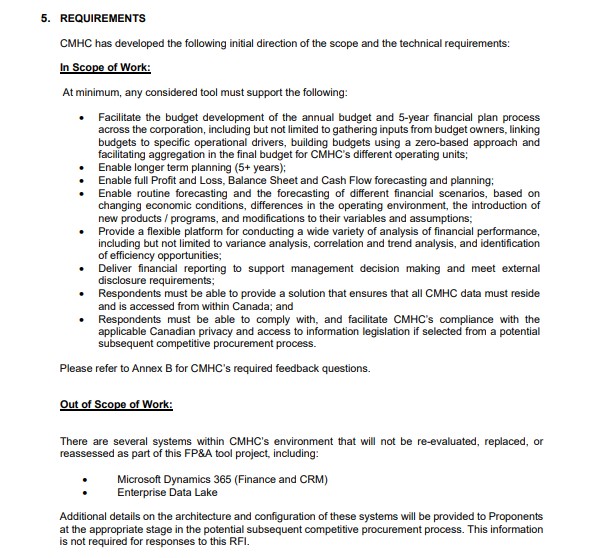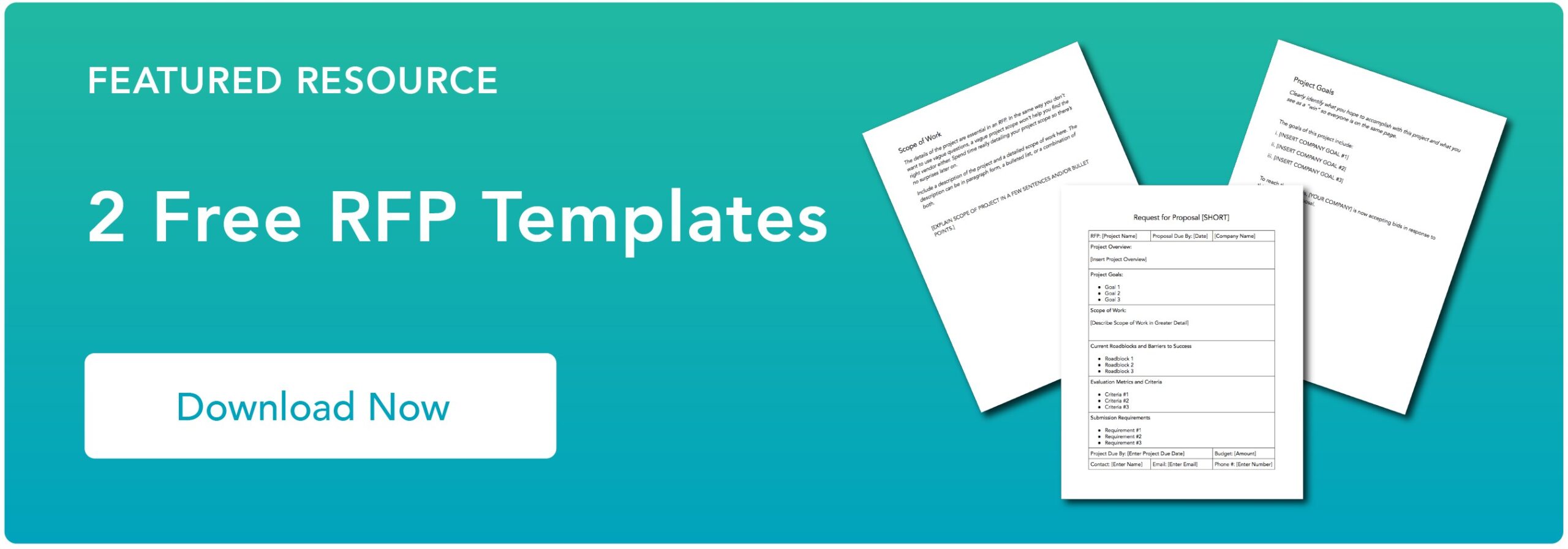If you're looking to invest in a new tool for your business, you'll need to do your research.
In many cases, that research will start with a Request for Information (RFI).
Not sure what an RFI is? We've got you covered in this quick guide.
What does RFI mean?
An RFI or Request for Information is an educational tool used by procurement teams to understand the options available for solving a problem or completing a task.
For example, if a business needed a new server solution, they'd send out an RFI, and companies that offered servers would respond to share more information about their products and services to educate the procurement team.
RFIs are important because they reduce blind spots and empower your team to make better decisions. With more information at your disposal, you can understand the marketplace and get a better sense of the questions you'll need to ask as you move forward in the procurement process.
RFI vs RFP
Both RFIs and RFPs are tools used when procuring new tools, services or vendors. However, a Request for Proposal (RFP) is different from a Request for Information (RFI) in a few ways, including the timing and the type of information required.
An RFI is the initial step a company takes to solicit information from potential vendors, as described above. Its main objective is to obtain information, not to make a final decision. Once the RFIs are submitted, the company will review them and shortlist the best options, armed with more insight. Then, they'll usually send out an RFP.
A Request for Proposal is a formal request for the selected vendors or suppliers to respond to a specific contract opportunity. The document specifies the scope and price so potential vendors can put together a bid for the work.
These bids are then compared to understand each vendor's strengths and weaknesses, and the best fit is chosen. RFPs are a decision document, so the questions are more targeted and specific.
After an RFP, the company may be contacted with an RFQ or Request for Quote that breaks down the project even further into specific cost structures and deliverables.
Best Practices for RFI Documentation
The more thoughtful you are about your RFI document, the better quality responses you will get back. Instead of casually emailing a sales rep and asking for information, creating RFI documentation will ensure that you get exactly the information you need. In that document, be sure to:
- Be clear about the information you're requesting, in a way that will make it easier to review all the responses you receive.
- Be specific about how and when you want to receive vendor responses.
- Be open-ended so that vendors can provide information that they think is relevant, but you may not know to ask. That's what RFIs are great for.
- Be brief and respectful of vendors' time.
RFIs are usually presented as a PDF or posted on a website to make it easy for vendors to read and respond to.
Request for Information Template
Creating your first RFI can be overwhelming. What should you ask for? What information does the vendor need to know? To help answer those questions, use this simple template to get the most out of the RFI process.
1. Overview or Statement of Need
Outline your goals and objectives, along with some general information about your company. This section should be short and provide an overview of your project to someone with no background information.
2. Context about Organization
Including additional information about your organization can help the vendor tailor their response to your needs. You may want to mention which department is leading the project, who your customers are, and what your company values are, among other things.
3. Details of what's needed
What problem are you looking to solve? What information do you need? Here's where you can detail what you're looking for. Include any additional information a vendor might need to know to develop a thorough RFI response. That may include:
- Any necessary skills and credentials the respondent may need to be successful
- Timelines or general scope
- What you're not looking for
4. Information about the process
Explain how interested parties should respond to the RFI. Attach a response template if you have one, outline any deadlines, and note if and when you'll reply to respondents after the RFIs have been gathered. You may want to mention any evaluation criteria you'll use when creating the shortlist for RFPs.
3 RFI (Request for Information) Samples
Need more inspiration? Read through the following examples of RFIs for more ideas on what to include in yours. These three RFIs all come from different industries and have different needs, so they are a good overview of the options available to you.
1. NASA
When NASA retires parts of their space shuttles, they like to display them at museums or other educational institutions. To gauge interest and understand the potential options for an upcoming retired part, they opened up an RFI. Here's a sample of the document:
"This RFI is being used to gather market research for NASA to make decisions regarding development of strategies for placement of Space Shuttle Orbiters and Space Shuttle Main Engines (SSMEs) for public display after conclusion of the SSP. NASA is seeking information from educational institutions, science museums, and other appropriate organizations about the community's ability to acquire and display a Space Shuttle Orbiter after the vehicles are retired from flight status."
We like this RFI example because it provides a straightforward overview of the purpose of the RFI, and outlines what NASA wants to learn from the process.
2. Government of Canada
Government websites are a great place to find RFI examples because they are required to make all procurement processes publicly available. The following example is from an RFI for financial planning software.

The requirements section of this RFI is a great example of how to explain what you do and don't need in the responses. While the government of Canada is looking for financial planning software, they will be keeping their CRM and data lake provider.
3. University of Ottawa
In the following RFI except, the University of Ottawa is looking for an ERP integration solution. What's unique about this RFI is how they want to receive responses. Rather than collecting written responses or documents, the U of O is scheduling strategy discussions with suppliers. This is a unique way to gather information, but helpful when you don't have enough knowledge in the area to put together a scope of work yet.
"The University of Ottawa (University) is issuing this Request for Information (RFI) to schedule strategy discussions (via a conference call) from interested Suppliers with experience in ERP Integrations.
The intent of these discussions is to obtain feedback from Suppliers to assist the University in developing a more accurate Scope of Work and overall approach for an upcoming Request For Proposal (RFP) for ERP Integration solutions."
Request for Success
Every RFI will be unique to your organization and the information you require. Use the template above as a guide to creating an RFI that will save you time in evaluating potential solutions.
With the right information being sent your way, all you need to do is read up! You'll be well on your way to procuring the best solution for your team's needs.

